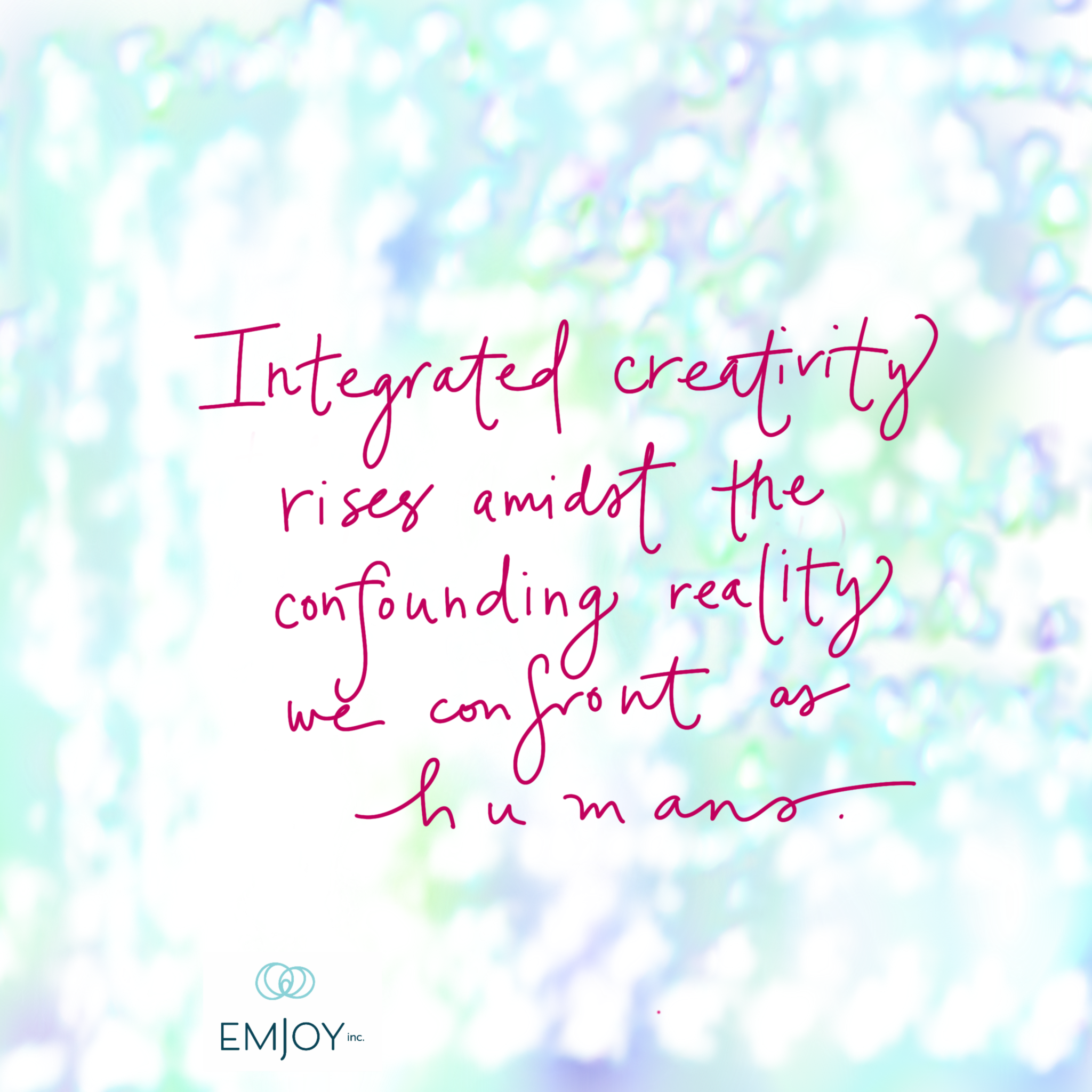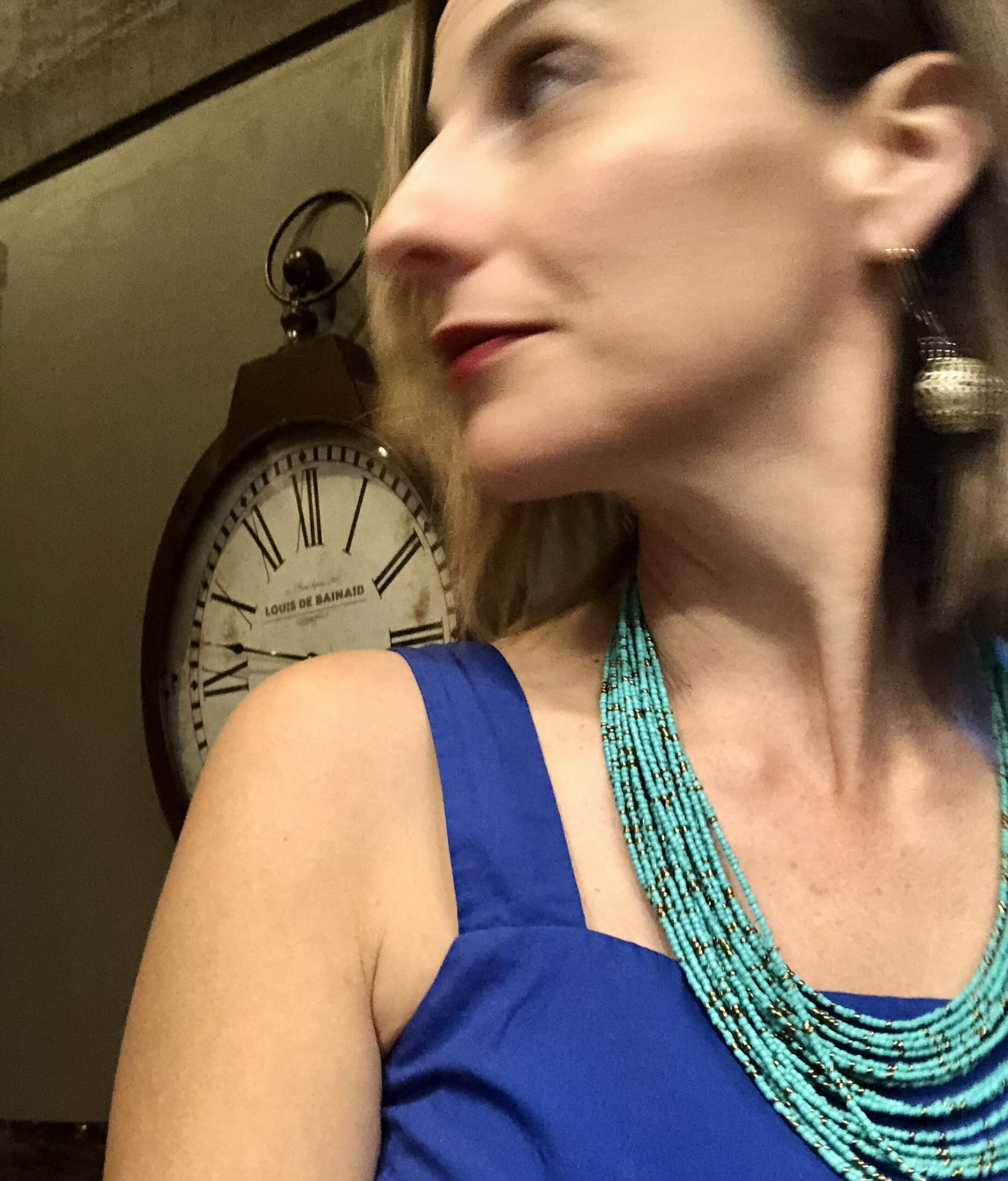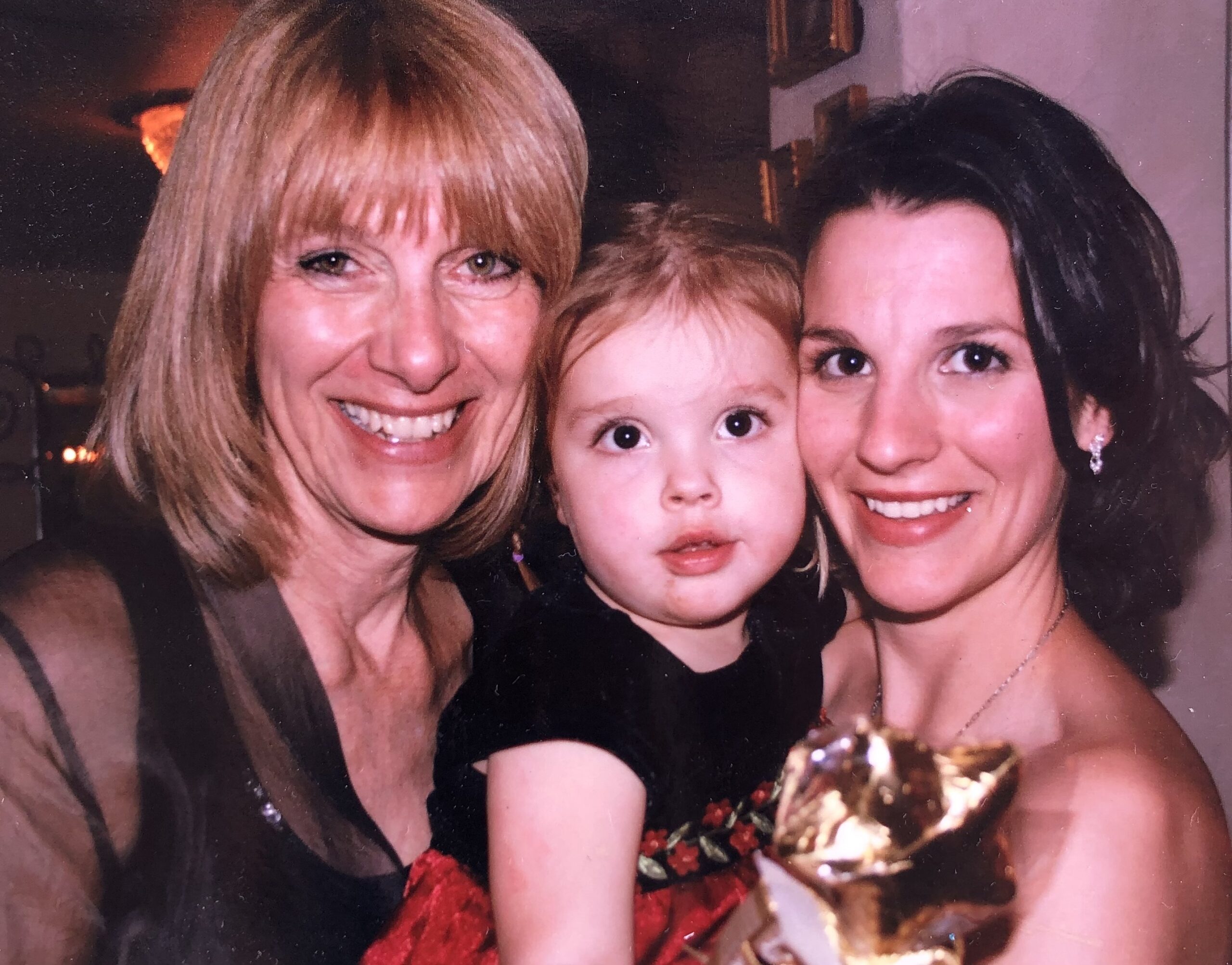Integrated Creativity Constraints

Stop using creativity as a last resort
There’s a form of creativity that springs out of a world of infinite possibility, an endless expansive space of feasible.
Then there’s another form, one that comes because of imposed limits, strict constraints and measured time.
This is creativity in reality.
Creativity in reality is integrated creativity. Integrated creativity is the practice of removing internal and external barriers to unite creative playing, thinking, doing with your approach to life and work.
Integrated creativity is shepherded into service because other options – and skills, such as pure analytical thinking, exhaustive research, personal influence — are not relevant or available. It is born because other choices have been eliminated, avenues have been blocked off, because the canvas has edges and the numbers do not lie.
Integrated creativity springs out of the everyday reality we face as humans. It’s not something we prepare for or are mindful of apply regularly, but we probably call upon integrated creativity everyday.
As Patricia Stokes writes in her book, Creativity from Constraints, “the creativity problem is strategic and structural. . . Constraints for creativity involve substitutions: new for old, exploratory for tried-and-true.”
Too often, as leaders, we fall into the waiting arms of integrated creativity as a last resort.
It’s what we engage at the end of the meeting instead of at the beginning. It’s what we run to when nothing else has worked, when all other ways of managing problems have failed.
Since this form of creativity is a blend of the personal and the spiritual with the professional and analytical, it often comes to us only when we give ourselves explicit permission to remove the barriers between our private world and our work world.
But it doesn’t have to be that way. We can lead with integrated creativity. We can blend from the beginning.
If we practice integrated creativity, we can mindfully approach common problems and everyday life with a generative mindset. We can begin with an open eye and heart that will allow us to form something new instead of approaching problems with a “let’s plug an old solution in and hope it works well enough” orientation.
Like a bad habit reinforced by years or decades of incorrect use, postponing creativity has wasted time, led to inefficiencies and become the source of institutional decay.
Integrated creativity, already in practice in some of the most innovative companies and by some of the most enterprising artists, thinkers and entrepreneurs, represents a new era in human potential.
The more we can adopt this practice, the better prepared we will be to move ourselves and our cultures forward with the innovative thinking and action this new world requires.




